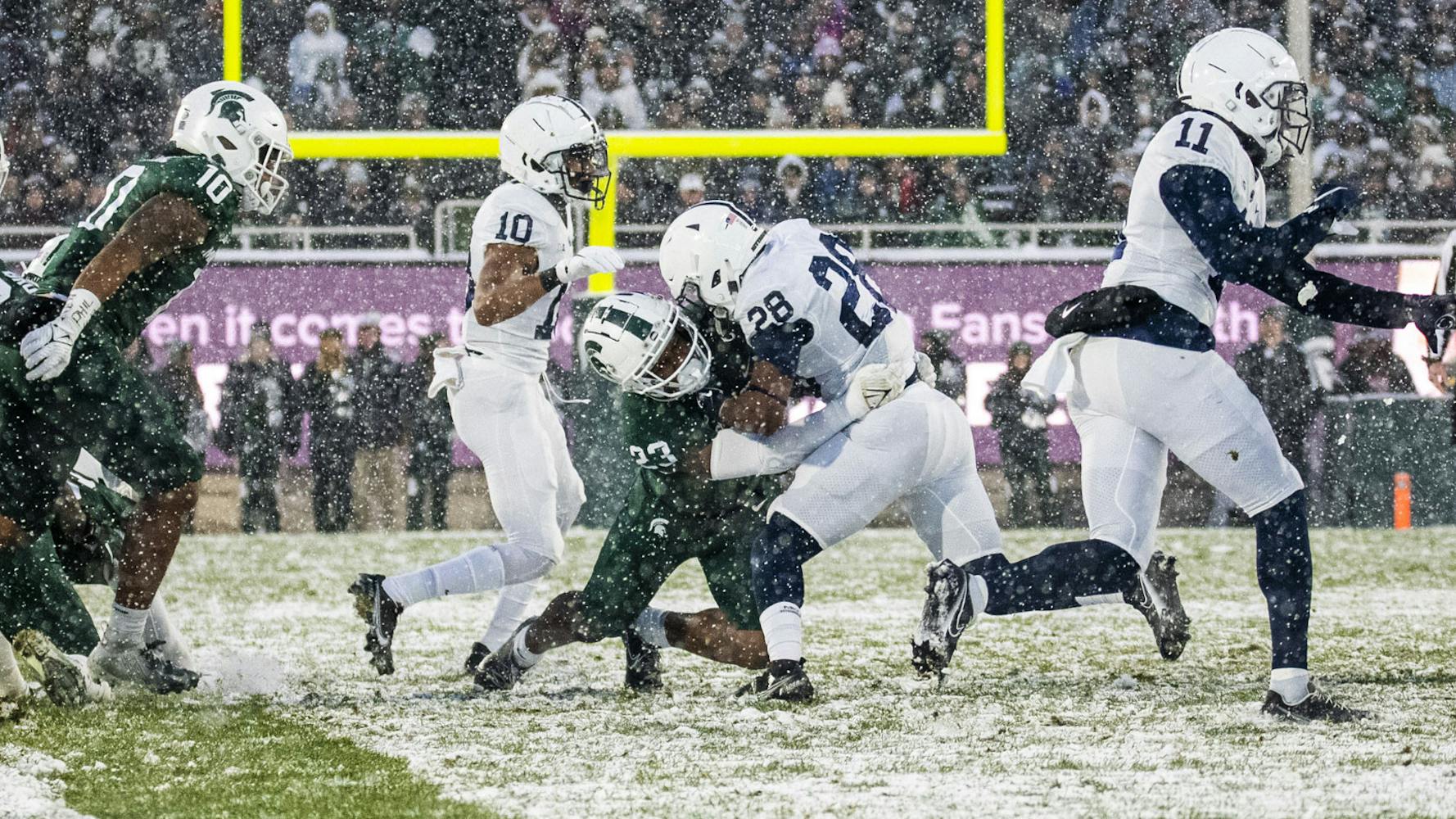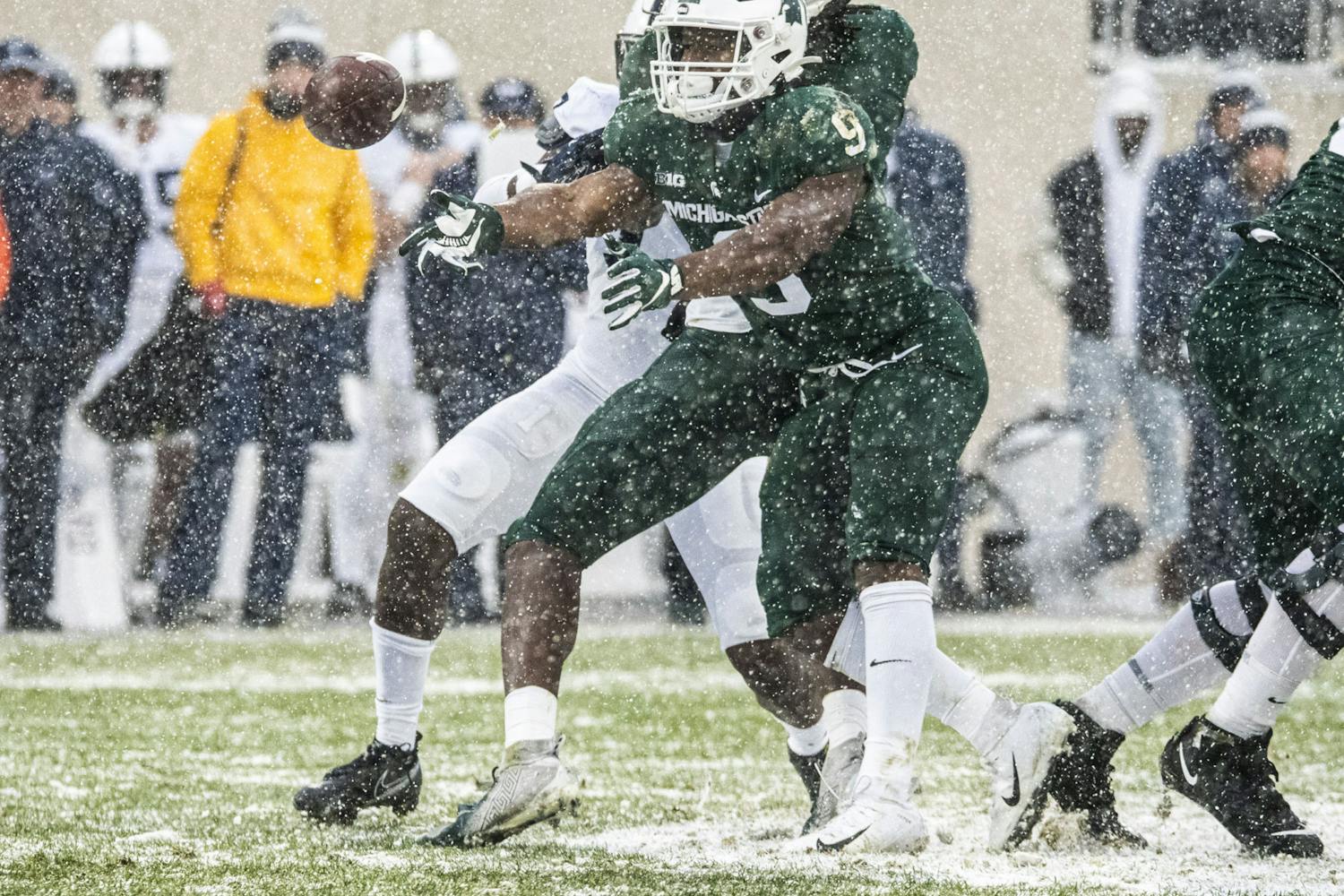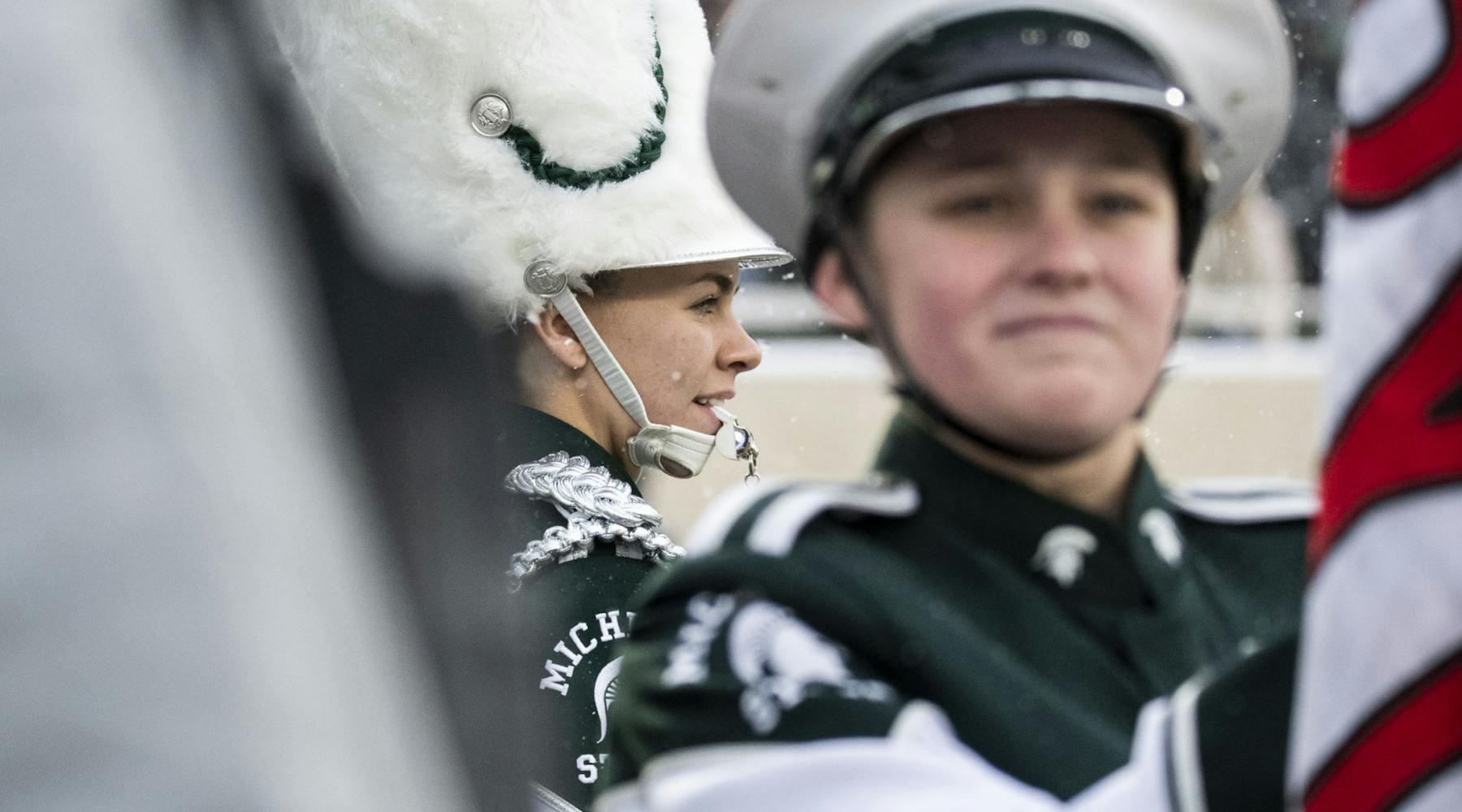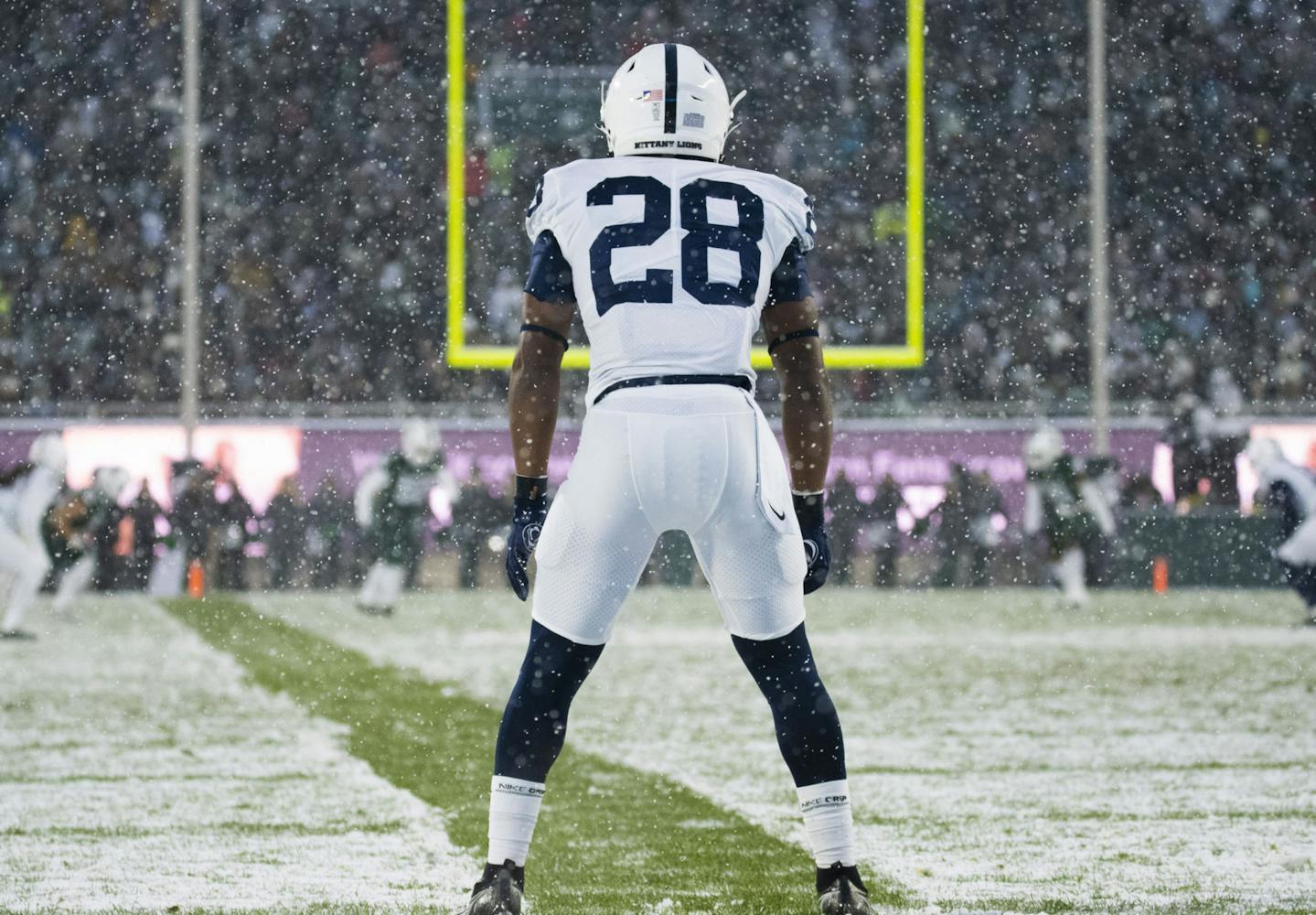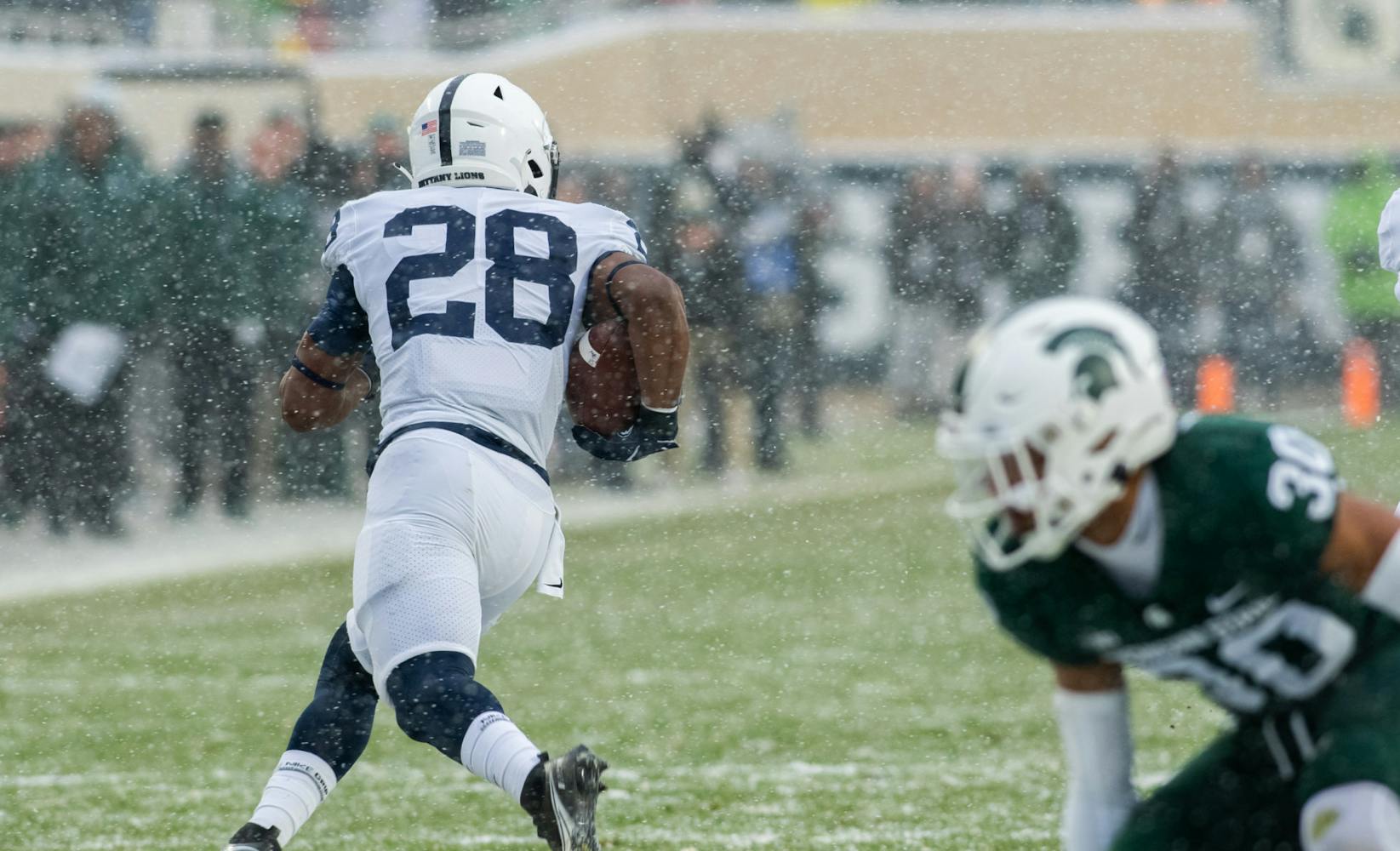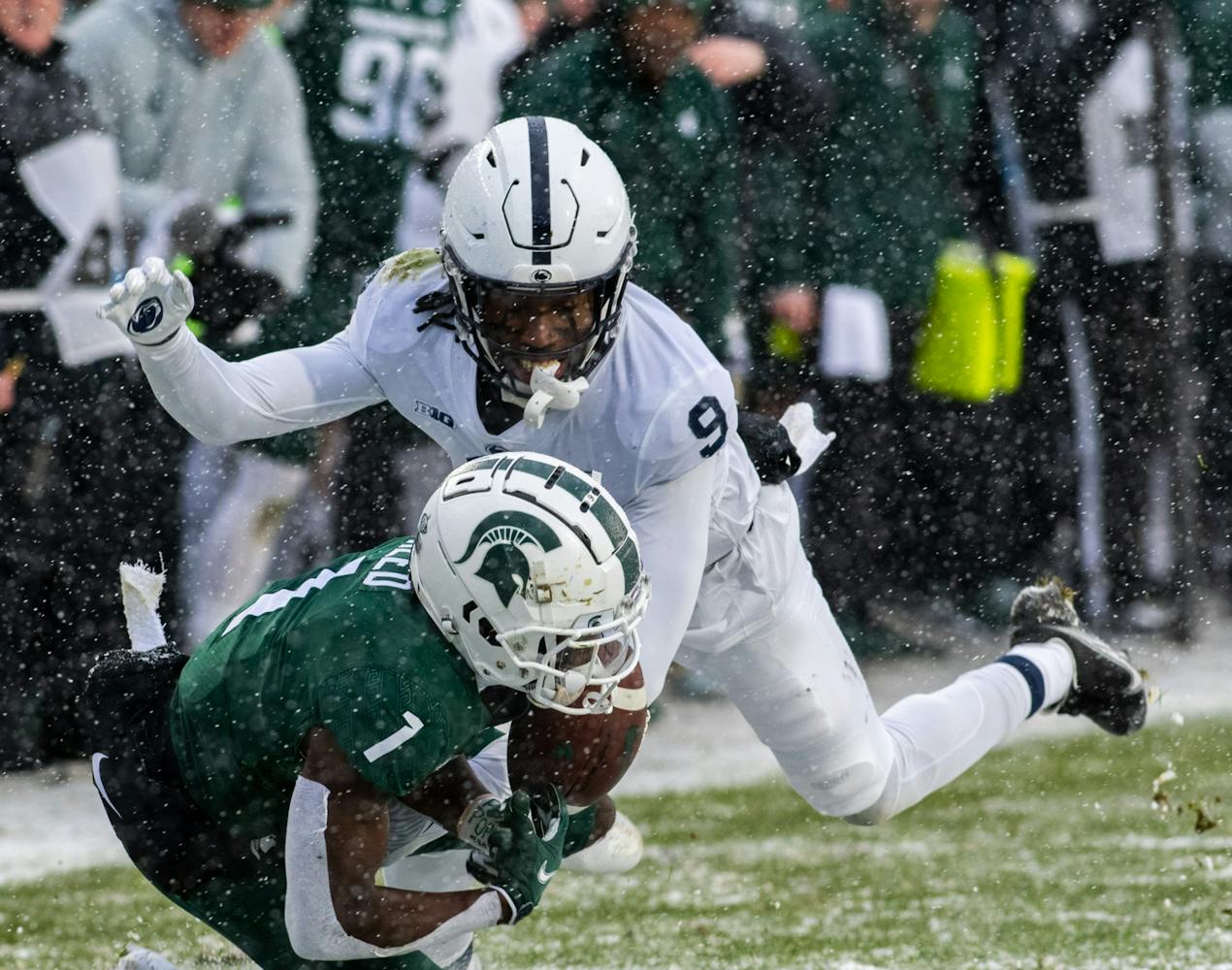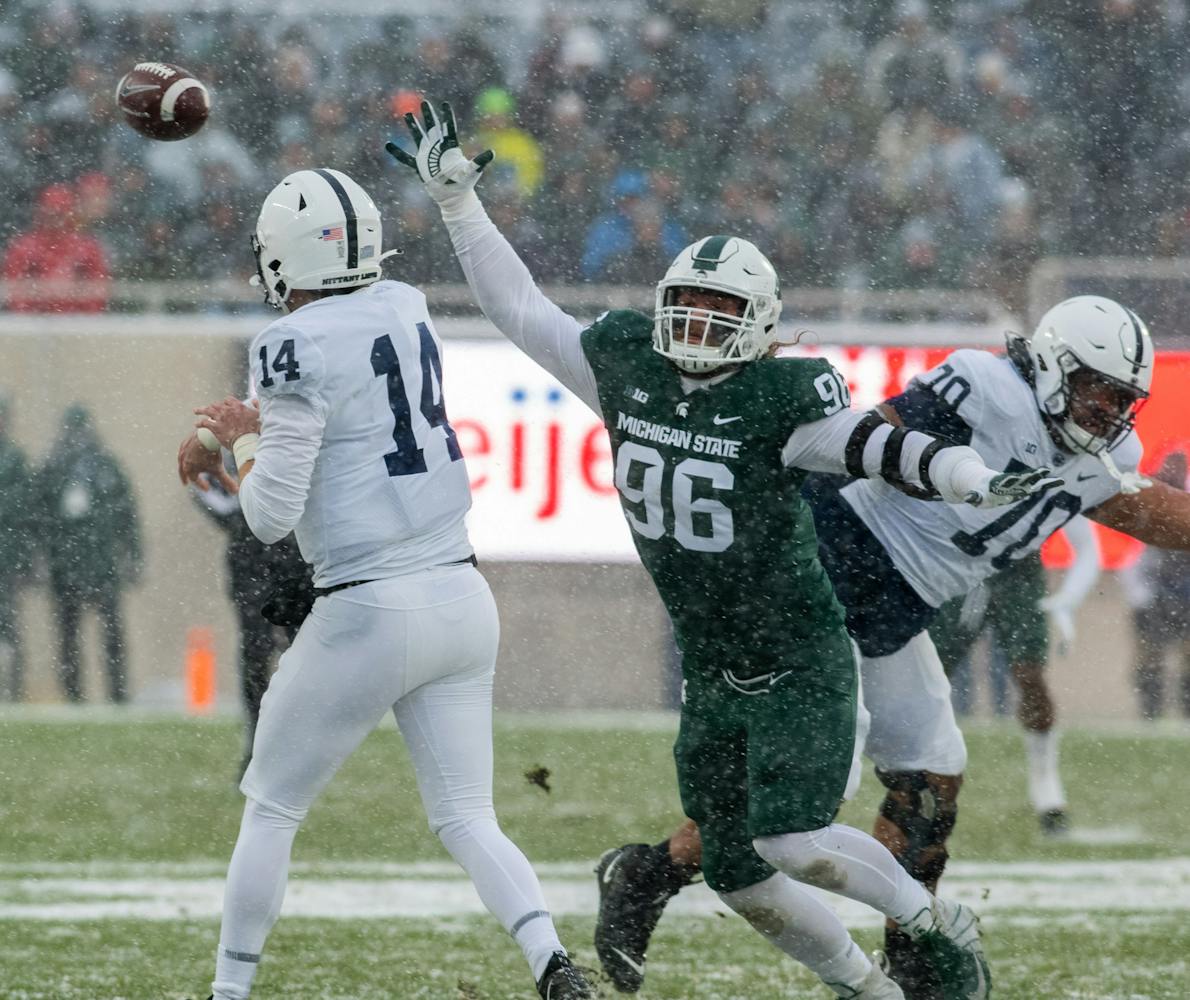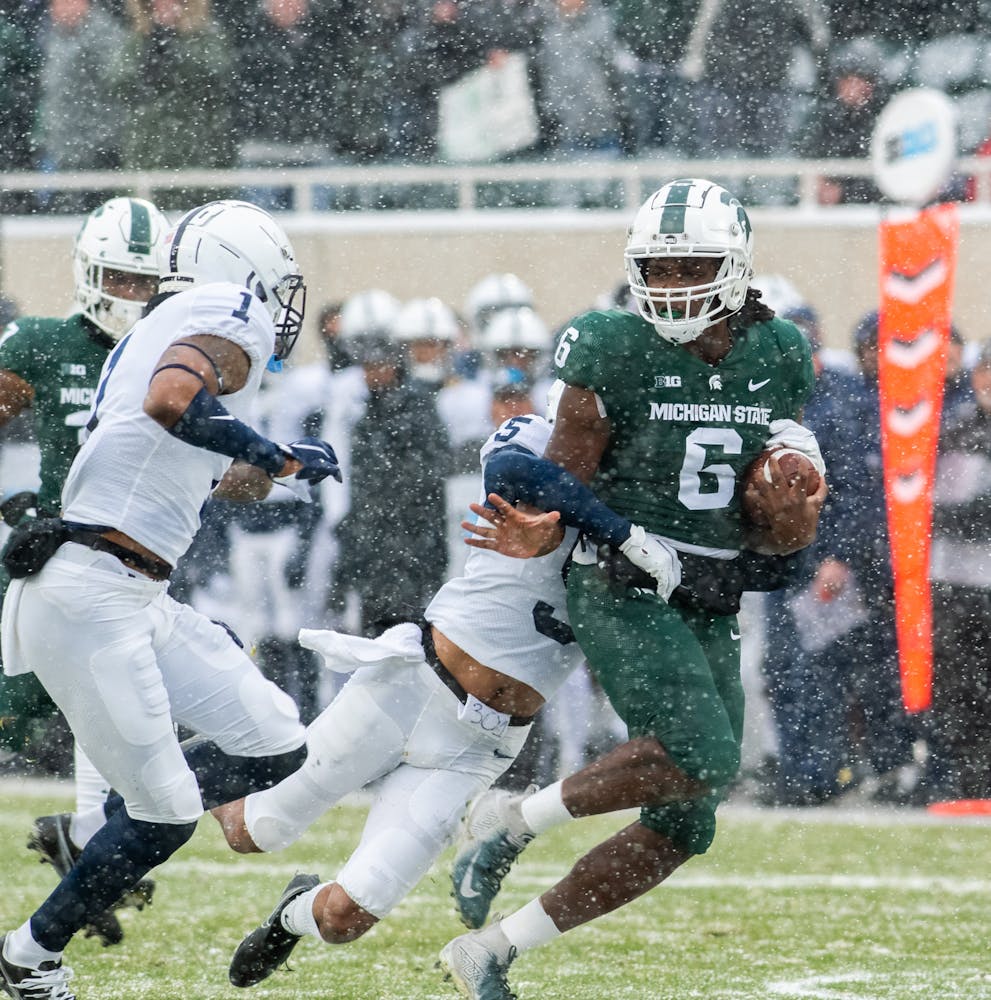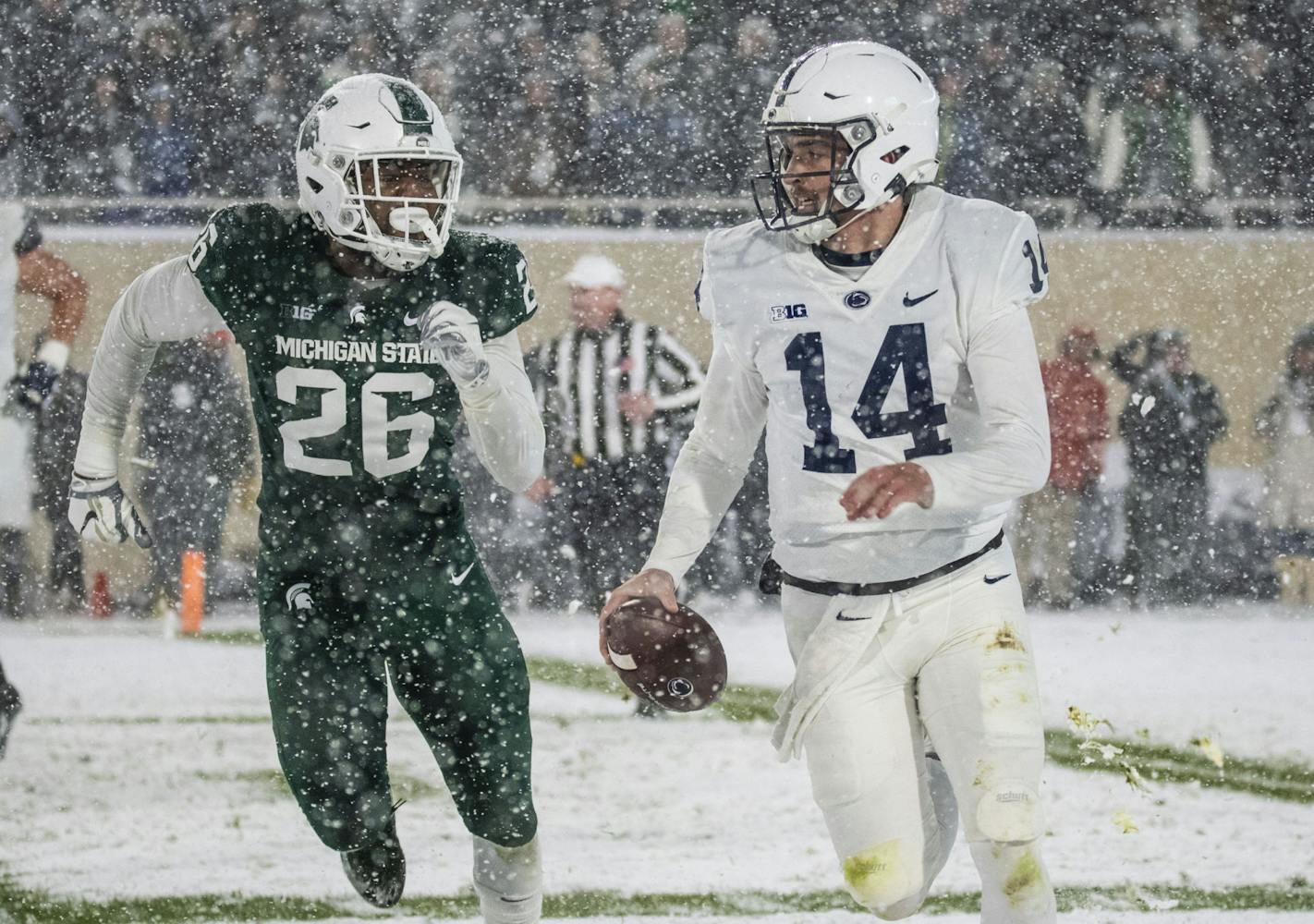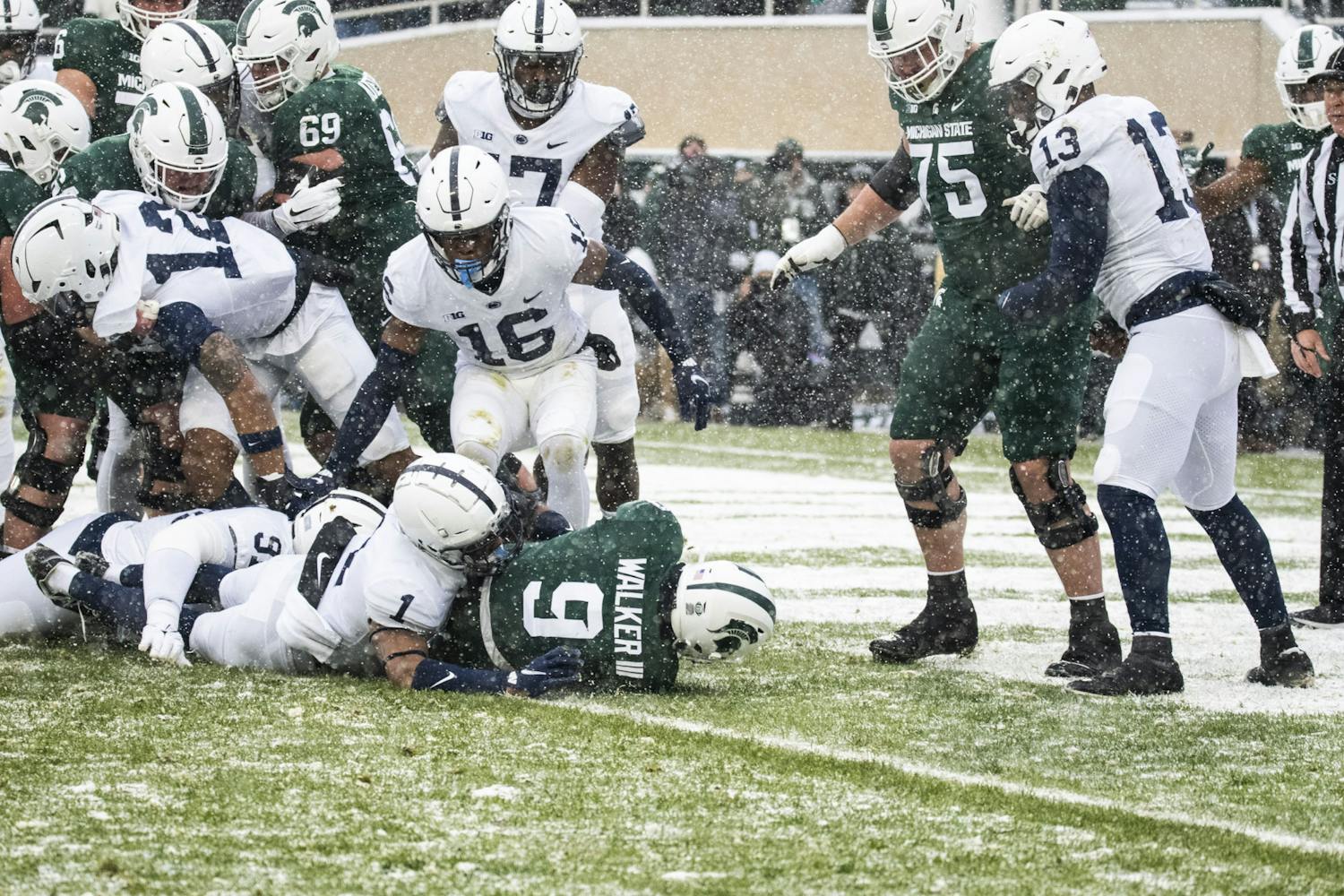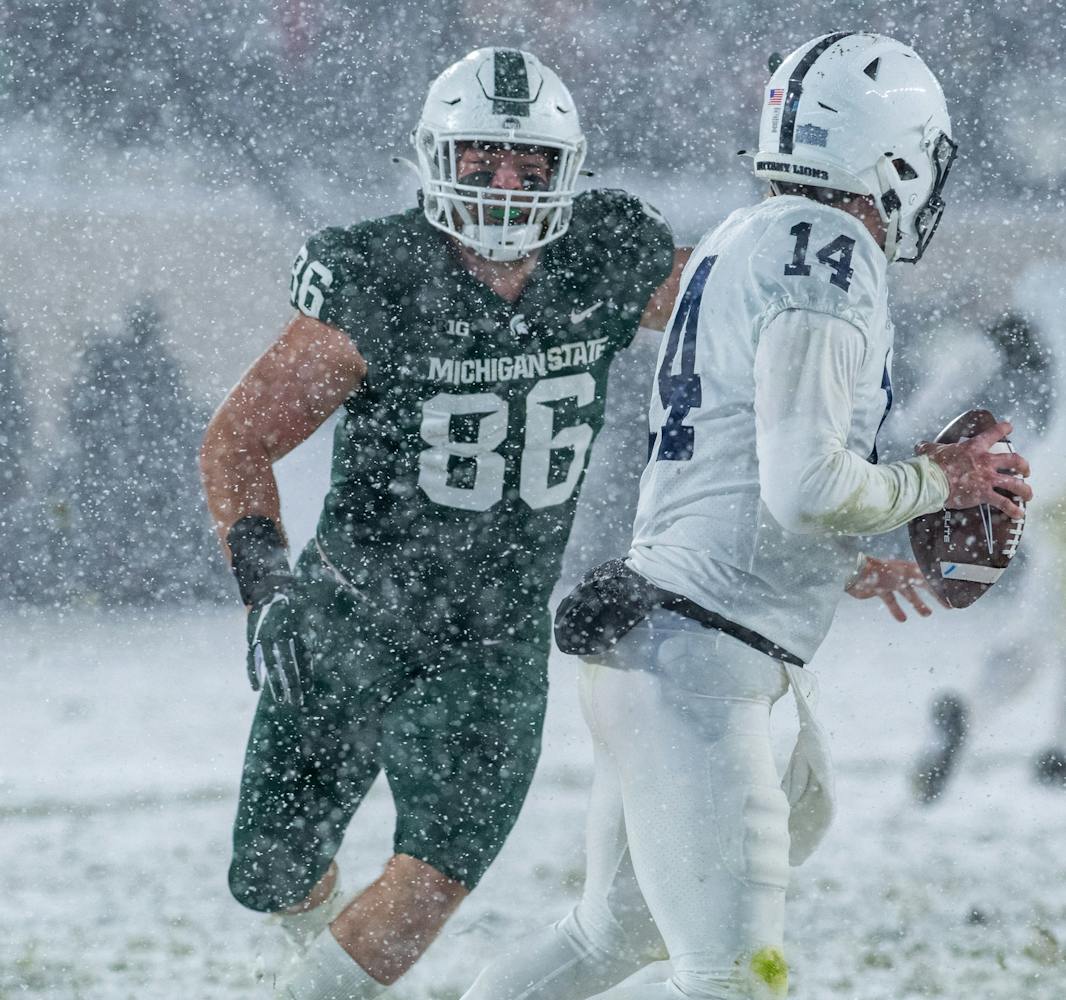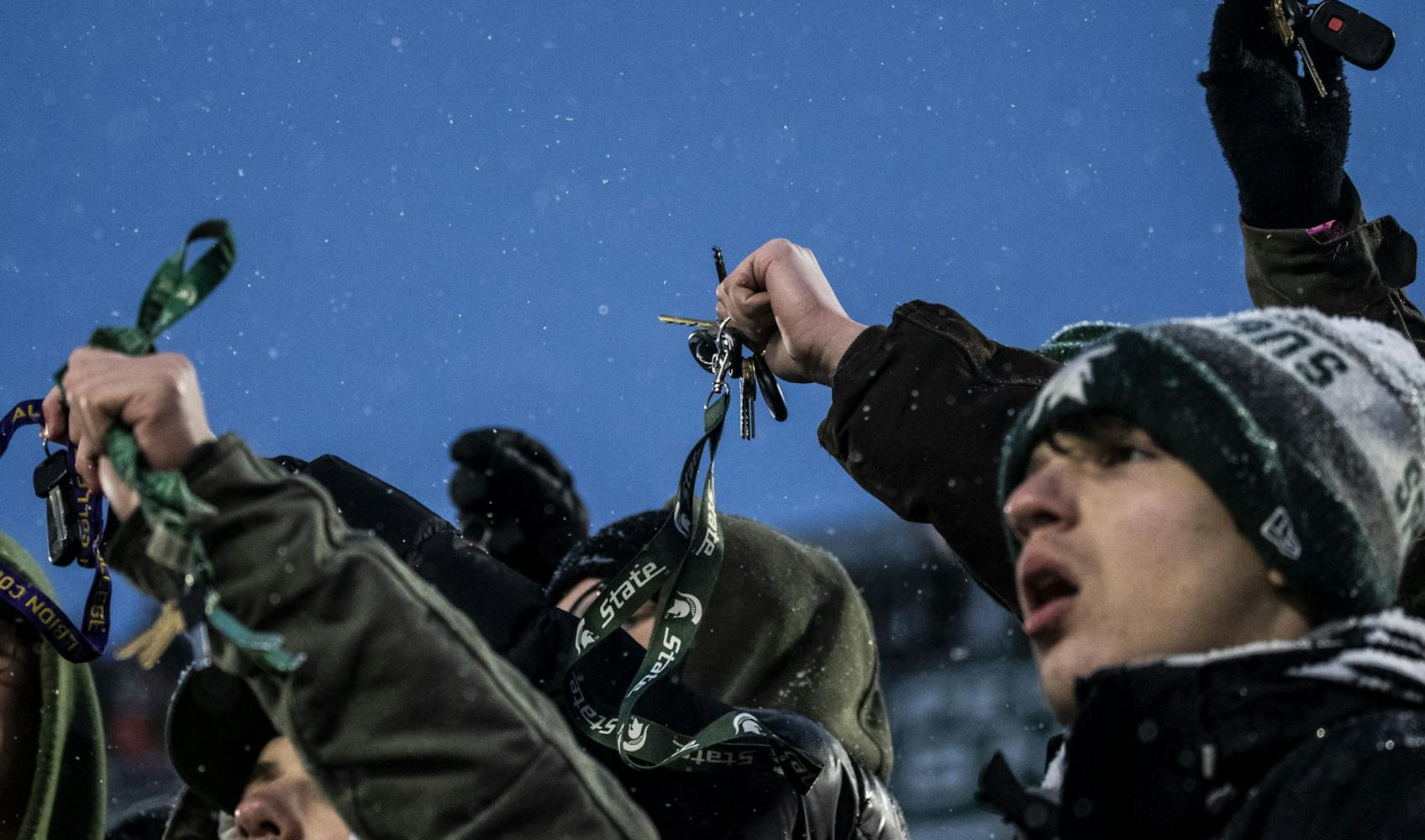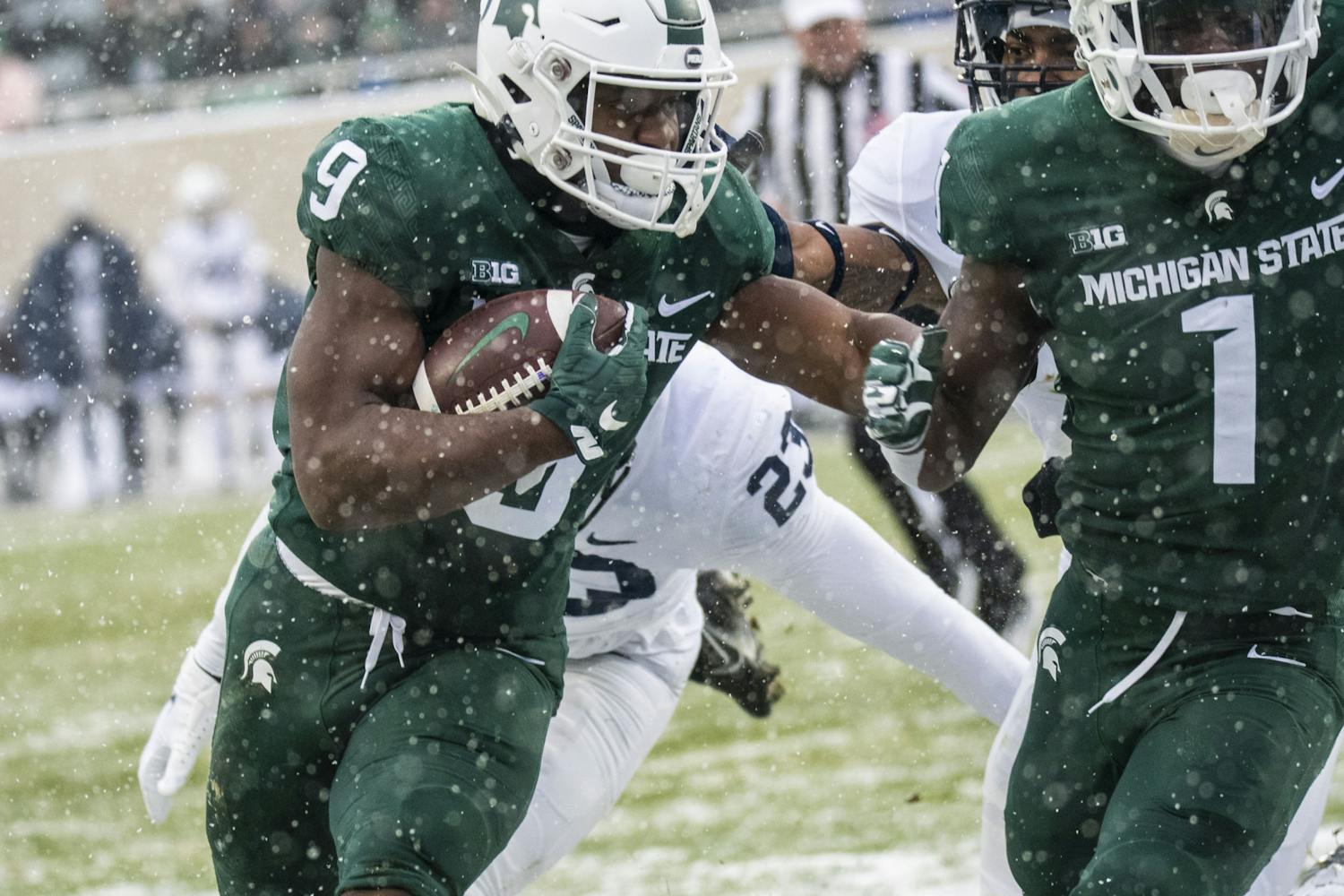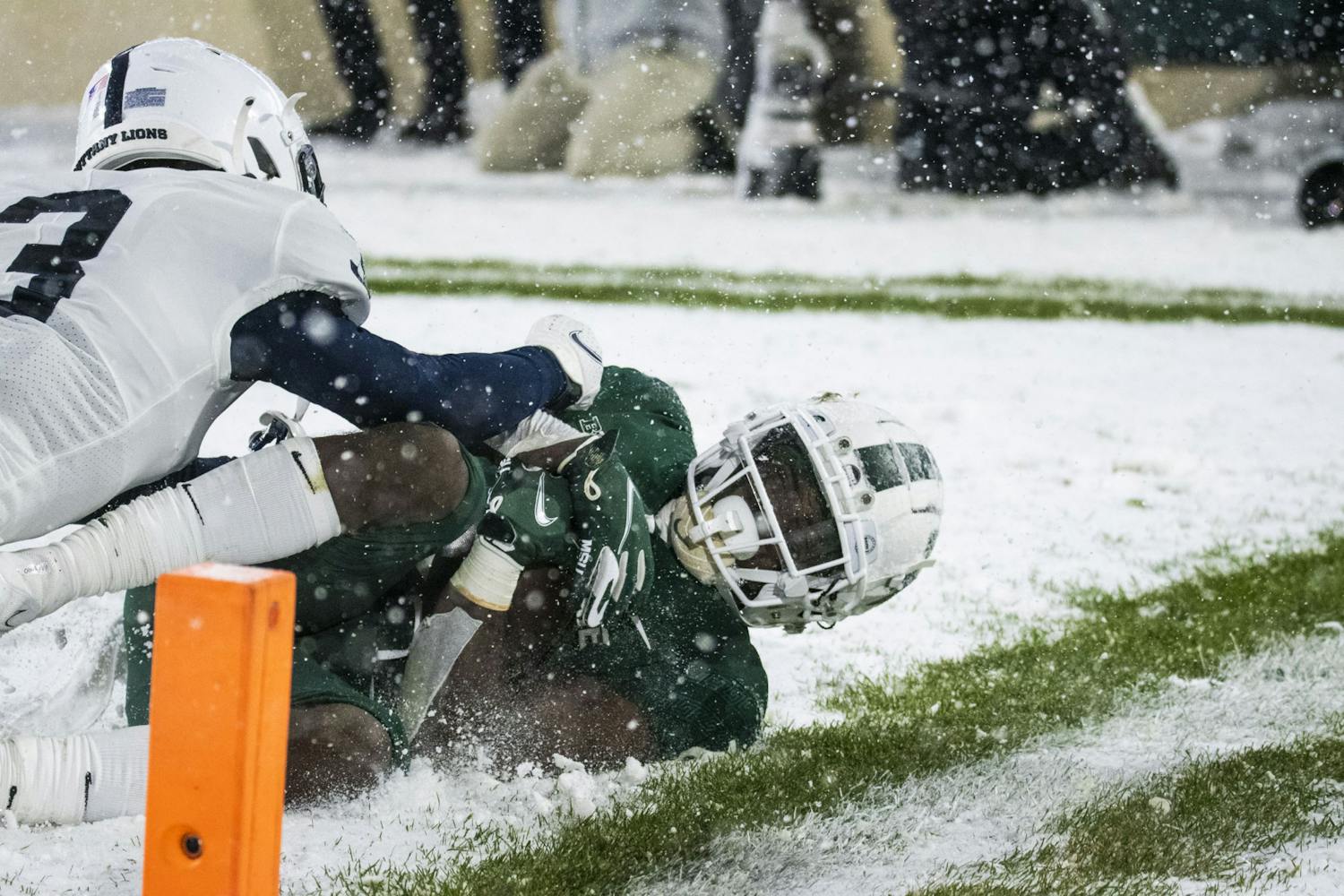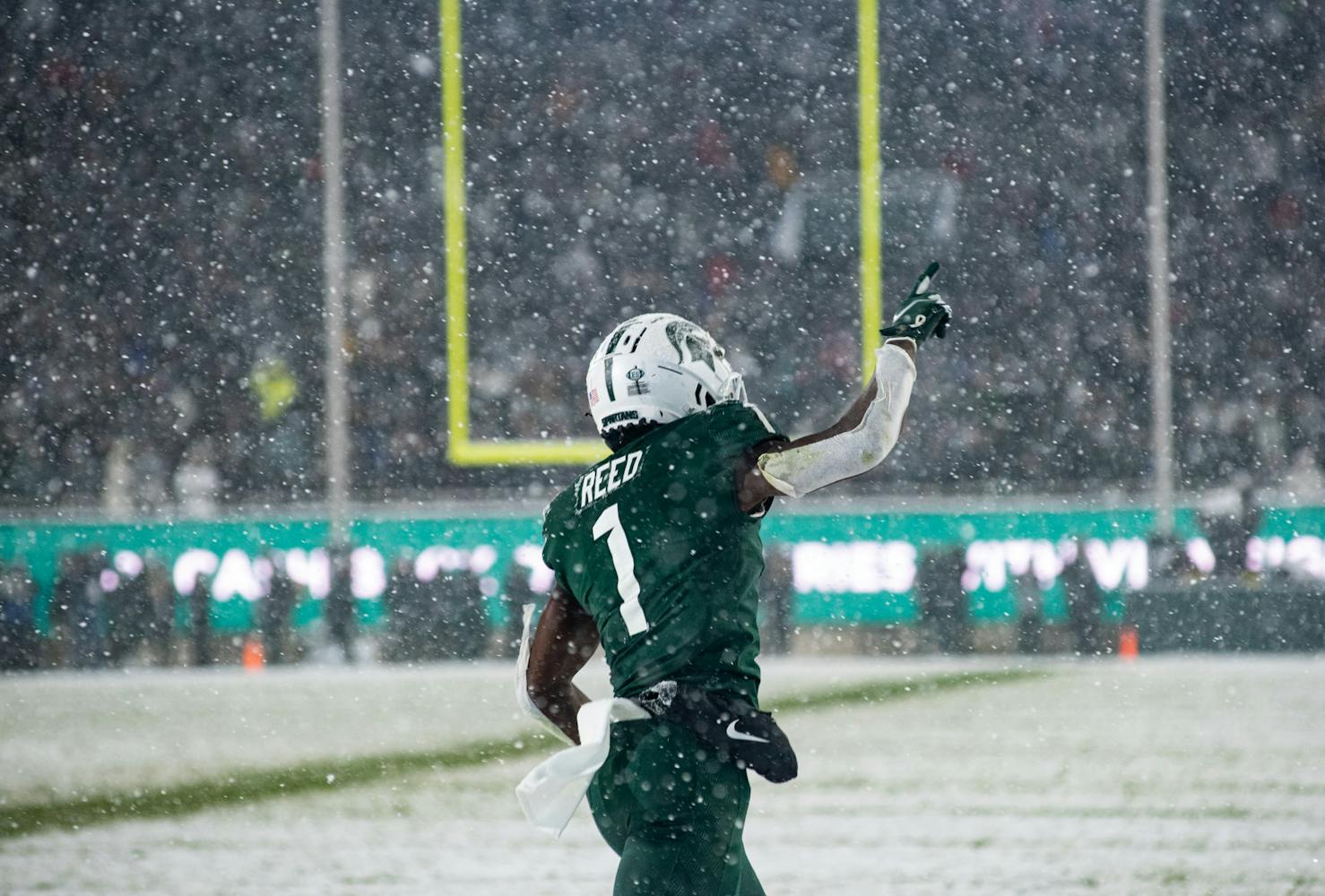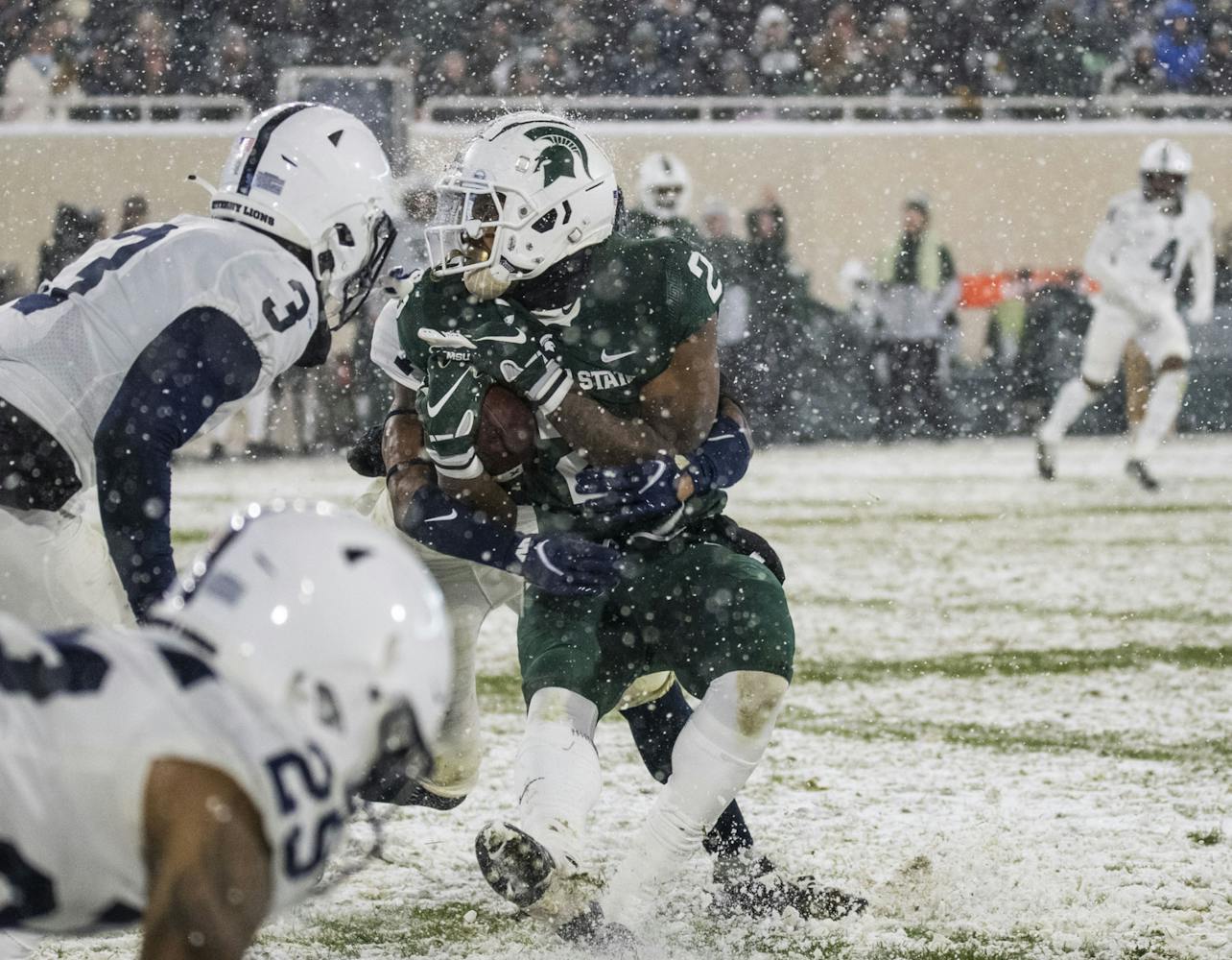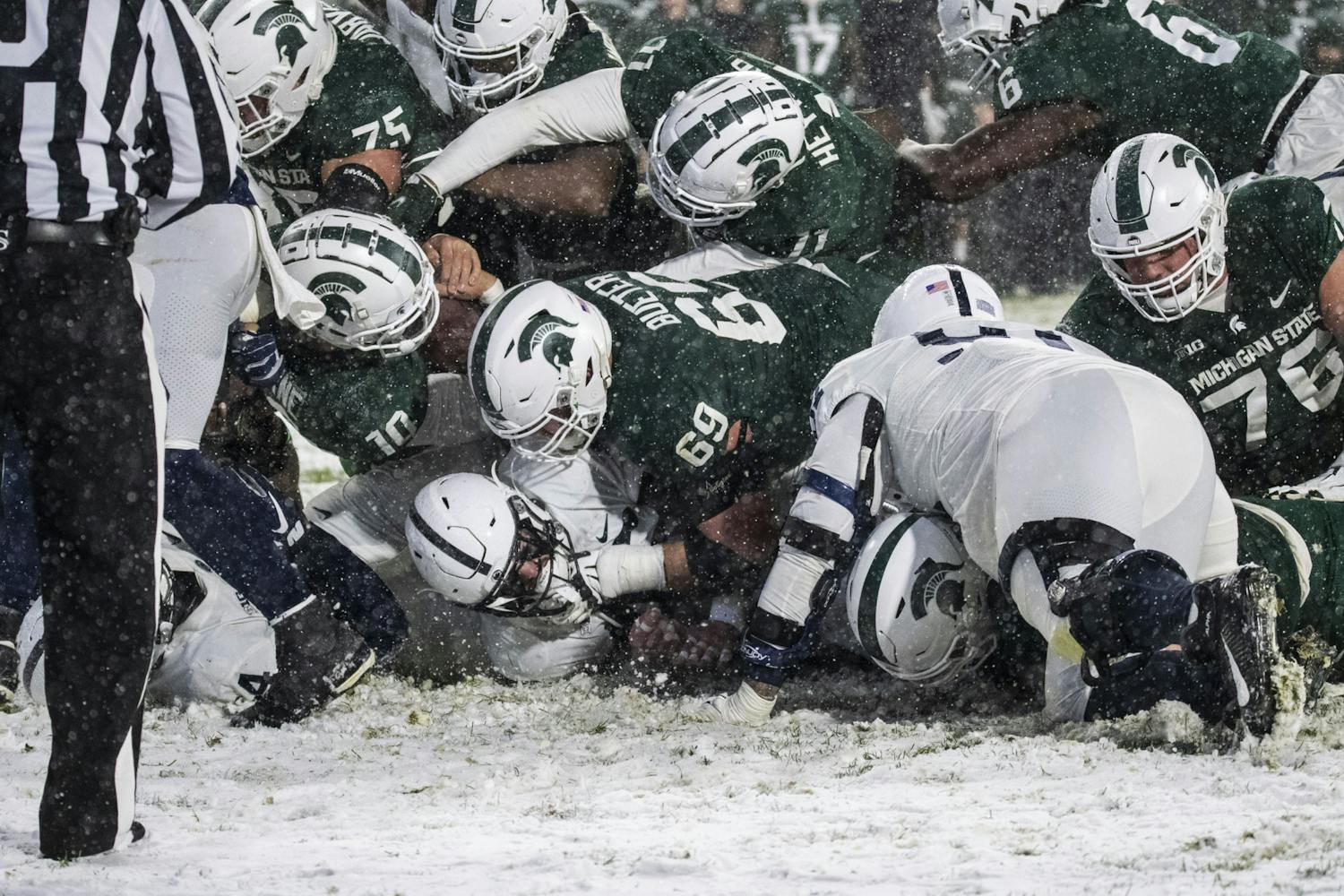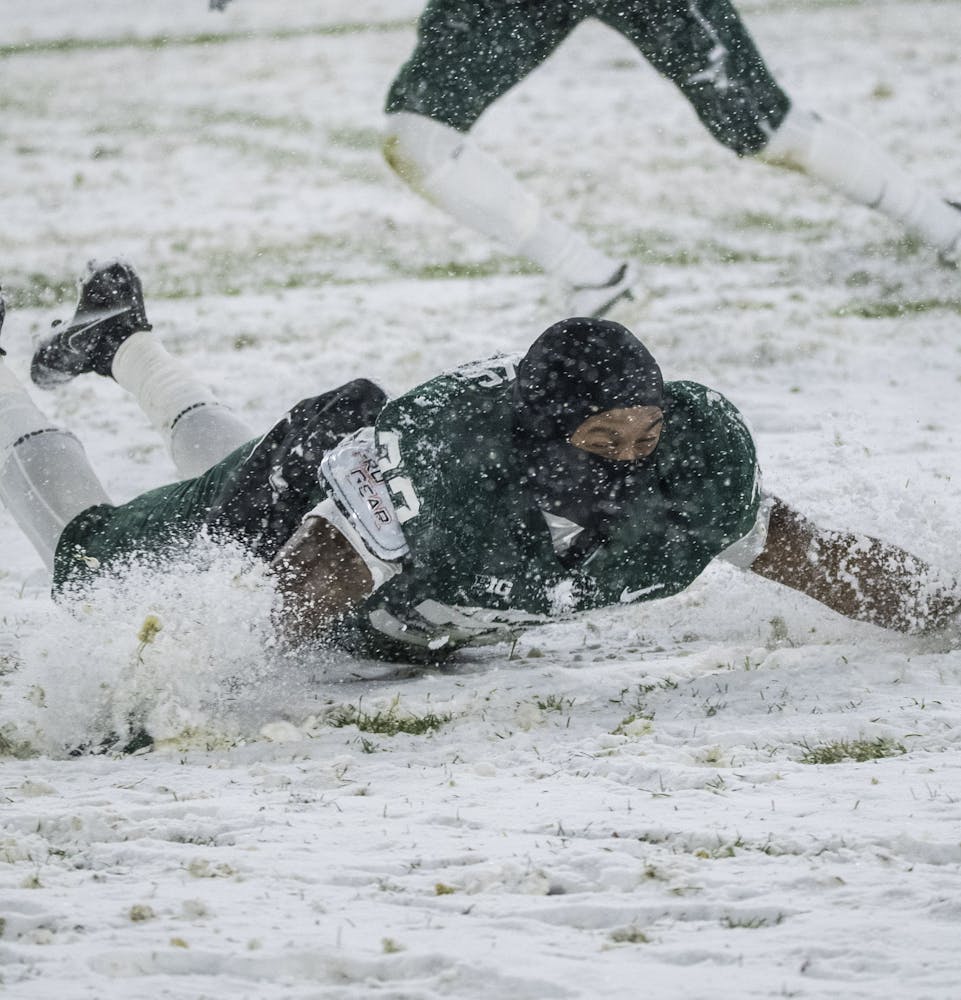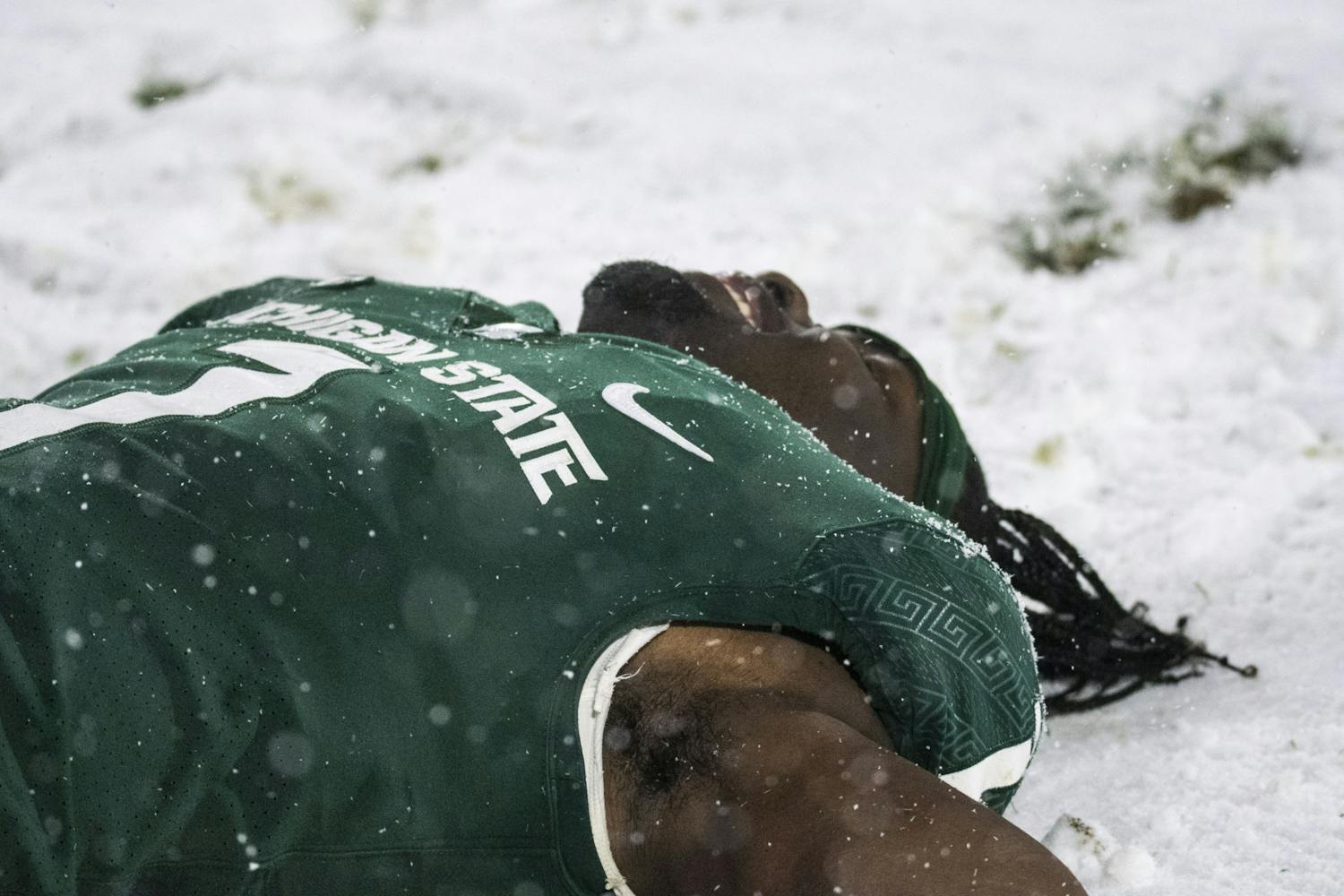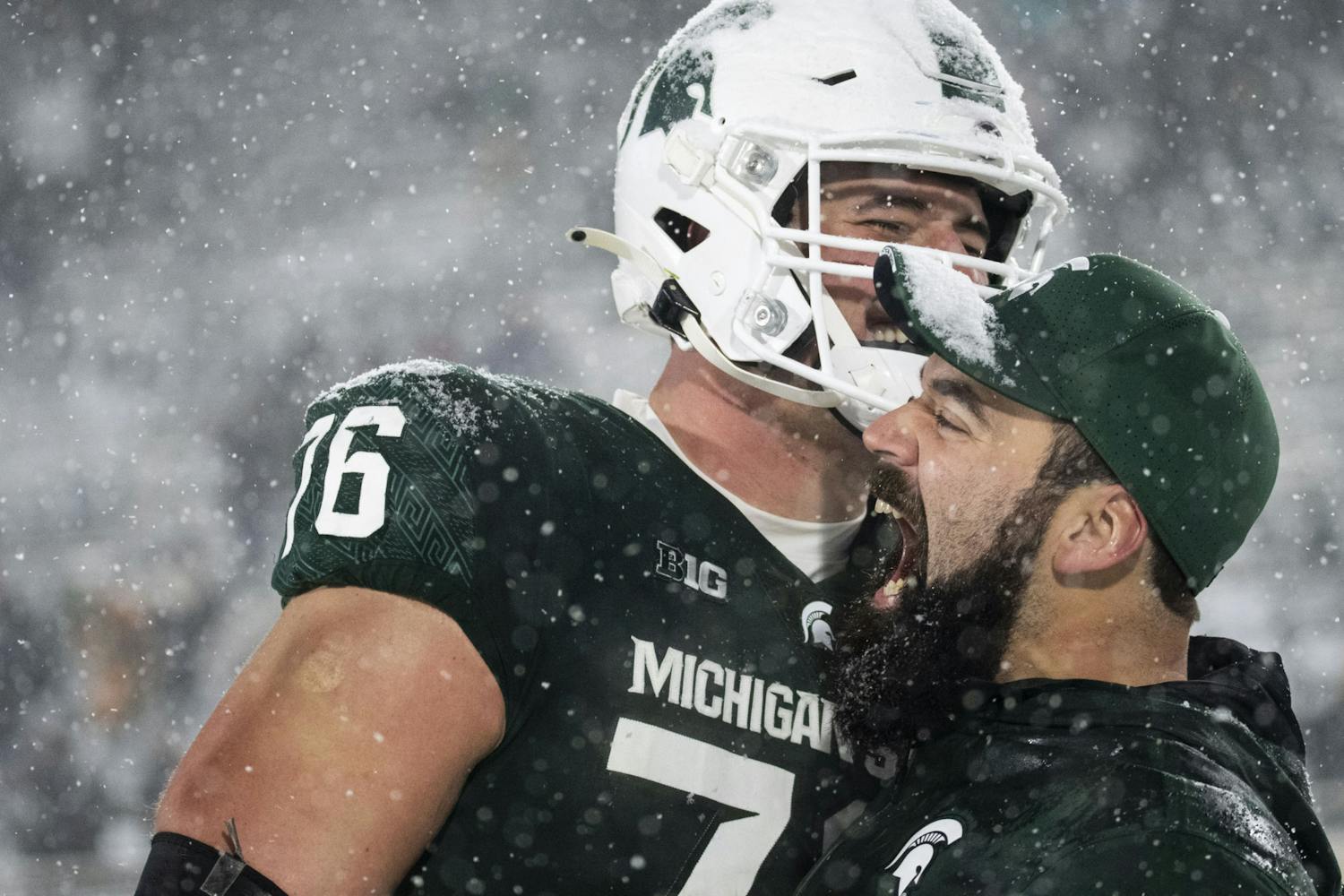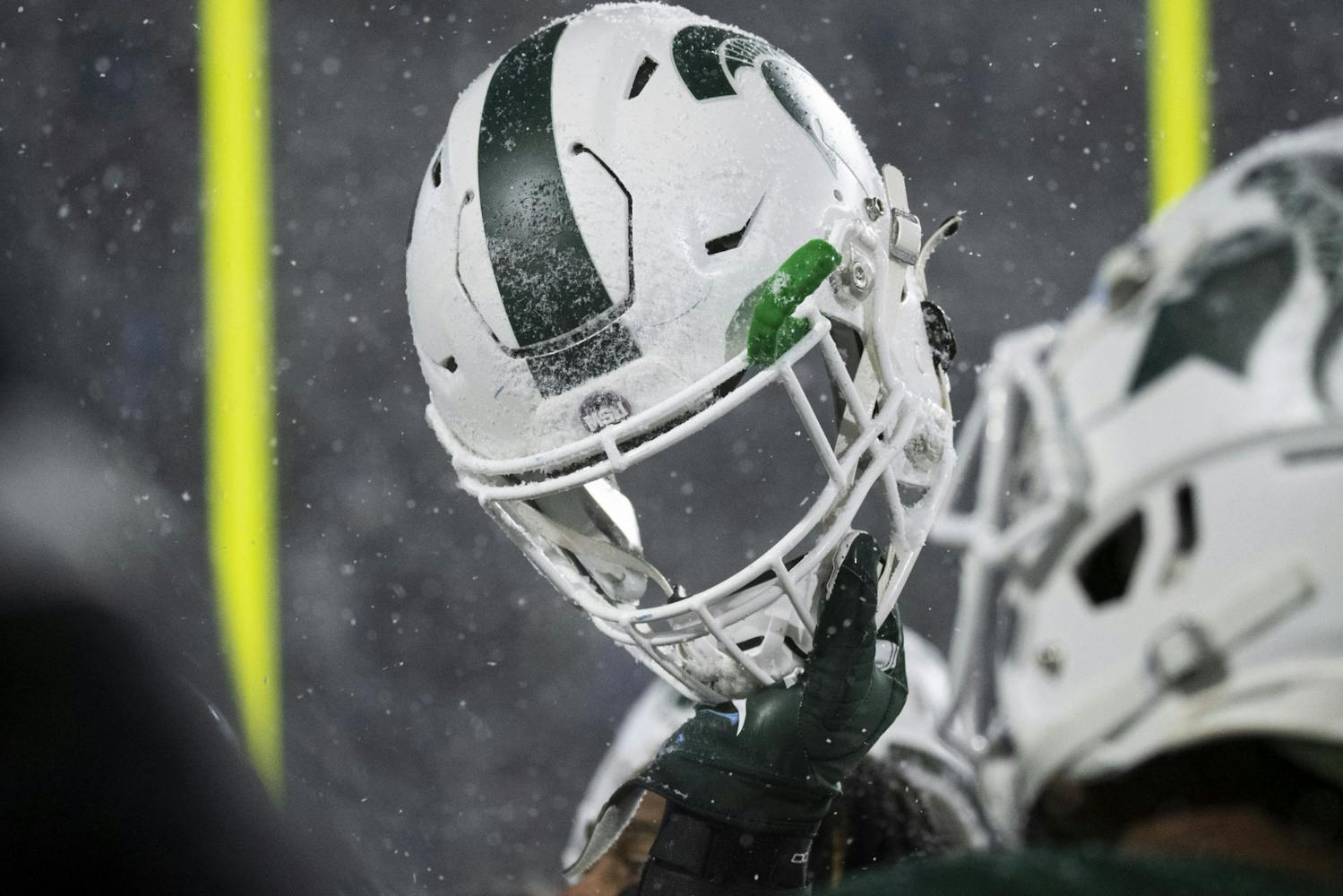After it was announced that UCLA and USC would be joining the Big Ten in 2024, many began to wonder how the addition will affect future schedules, championships and, maybe most importantly, the future of college football as we know it.
Here’s a look at how the new additions could affect future MSU football matchups, along with the rest of the conference, as well as a look at past matchups between the Spartans and the Big Ten's two newest programs.
Big Ten Championships
The addition of UCLA and USC to the Big Ten could signal a new era is on the horizon in college football. While the conference is currently split into the east and west divisions, it’s entirely possible that this may be a thing of the past.
When it comes time for the Big Ten Championship Game, the top teams from each division fight for the title, but with the east division historically producing stronger teams, the championship doesn’t always display the best the Big Ten has to offer.
For example, the 2021 championship game matchup was between Michigan and Iowa. Michigan finished the season at the top of the East division with an 8-1 record, while Iowa finished at the top of the West Division with a 7-2 record.
However, two other teams, Ohio State and Michigan State, had a better or same record as Iowa, meaning the top two teams in the Big Ten didn’t play each other in the championship. Therefore, the game wasn’t competitive, as Michigan took the trophy in a 42-3 victory.
If the Big Ten decides to eliminate divisions as a whole and have the conference championship game consist of the top two performing teams, the game would become more competitive.
Scheduling Future Matchups with MSU
Since they have an established rivalry that would require being in the same division to likely guarantee a yearly matchup, UCLA and USC would have to be a package deal for whichever division they join.
Assuming the Big Ten decides to keep the divisions, it would make the most geographical sense for them to join the west division. Both of the California-based schools are located on the west coast and are slightly closer to teams in the west division.
However, if they joined the east division there would be more marquee matchups between higher-performing teams in the conference, in which case divisions would either have to be numerically unbalanced or reworked.
Currently, each division has seven teams, meaning the addition of the teams to either division would mean one division would have two extra teams, or there would have to be division realignment to make them numerically balanced once again.
If UCLA and USC join the west division, they would be a non-division opponent for MSU; the Spartans typically only play two or three games against those types of opponents compared to six or seven division opponents.
With eight possible matchups to fill two or three-game slots, it’s unlikely a matchup between MSU and UCLA/USC will be a yearly occurrence unless there’s a major division/conference schedule shake-up.
Historically, MSU football is 3-3 against UCLA, with the last matchup taking place in 1974 and ending in a 56-14 loss for the Spartans in Pasadena.
MSU has a slightly more recent history with USC, taking on the Trojans in the Sun Bowl in El Paso, Texas in 1990, a game in which the Spartans earned a narrow 17-16 victory. Overall MSU is 4-4 against USC.
Where each program could be in 2024
Since UCLA and USC won't be joining the conference until 2024, the projected strength of each program will depend on underclassmen and incoming recruits. While recruiting isn't a guarantee of program strength, it does give us the closest look possible into the future.
According to 24/7 Sports, USC is currently ranked 17th in the country for the 2023 recruiting class, boasting two five-star recruits and four four-star recruits so far. The Trojans have commitments from the second and fifth highest ranked recruits, quarterback Malachi Nelson and wide receiver Zachariah Branch.
Support student media!
Please consider donating to The State News and help fund the future of journalism.
Despite their high marks for the 2023 recruiting class, the Trojans are ranked 70th overall when it comes to 2022 recruits, nine spots below UCLA.
Nelson is the second highest ranked quarterback in the country and is already being recruited by several companies seeking upcoming football stars for NIL deals. He finished his junior season with 39 touchdowns, averaged 244.5 passing yards per game, and only threw eight interceptions. Branch is currently the fourth-ranked wide receiver in the country. During his junior season, he played in 12 games, finishing with 16 touchdowns and averaging 91.2 receiving yards per game.
These two highly recruited players will work with new head coach Lincoln Riley to revitalize the program after a disappointing 4-8 season in 2021. If he's able to carry over the success he had last season at Oklahoma, and the incoming recruits step up overtime and become leaders, the Trojans could become Big Ten contenders sooner than later.
The next few seasons will determine if UCLA can take its success to the next level. The Bruins finished the 2021 season with an 8-4 record, including a 62-33 win over rival USC, but the upcoming seasons, along with conference realignment with prove the true strength of the program.
Chip Kelly's squad is currently ranked 68th in the nation for the 2023 recruiting class. They currently have commitments from two four-stars, Roderick Robinson II, the 11th ranked running back in his class, and linebacker Tre Edwards.
However, they do rank slightly better for 2022 recruits, coming in as the 61st ranked program, with six four stars. Although, if the Bruins hope to up their game and become Big Ten contenders, they'll need to follow in the rival's lead and get into the recruiting game to remain in competition with teams in their new conference, especially knowing that five Big Ten schools are currently ranked in the top 25 when it comes to 2023 recruiting.
Michigan State head coach Mel Tucker has done a lot in his little time with the program. After a disappointing 2-5 season in 2020 plagued by the COVID-19 pandemic, Tucker was able to get back on track and lead the team to an 11-2 record last season, finishing ninth overall in the final AP Top 25 poll.
The test for MSU this season will be keeping up the same energy and level of play we saw last season, especially without star running back Kenneth Walker III who left for the NFL.
Tucker has made clear his commitment to recruiting, so far bringing MSU into the top 25 ranked programs for the class of 2022 and 2023. Incoming freshman four-star quarterback Katin Houser is set to compete for the starting job as soon as his first season, and could be leading the team by the time conference realignment comes around in 2024.
If the Spartans are able to continue on the path they built last season, and build up their recruiting game, not only will they remain a Big Ten contender, but a national championship contender as well.
Discussion
Share and discuss “College football realignment: Is a new era of Big Ten football upon us?” on social media.
